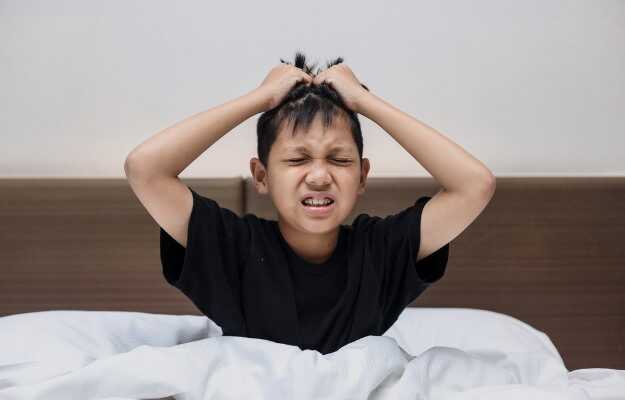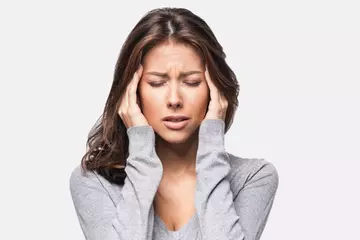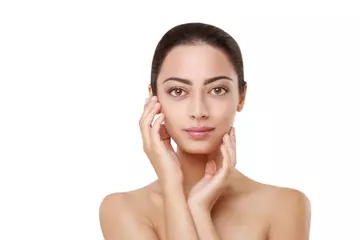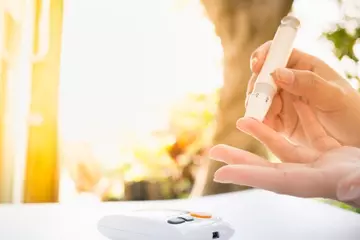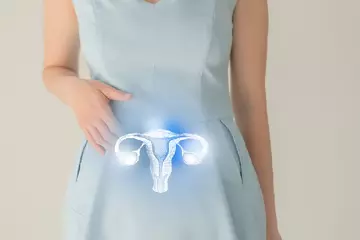Anhedonia is a condition in which a person stops being interested in things that used to bring them joy earlier. It is characterised by an inability or reduced ability to feel pleasure or motivation to engage in one’s old hobbies, sex or socialising.
Though people with anhedonia have a diminished ability to experience pleasure, their ability to feel negative emotions or displeasure remains unchanged. People with anhedonia also tend to harbour negative feelings and thoughts about themselves and others.
The word anhedonia derives from an ancient Greek philosophy—hedonism—that prioritised the pursuit of pleasure and the avoidance of suffering in life. Anhedonia is also known as “hedonistic deficit”.
But anhedonia isn't just a general sense of ennui (being uninterested due to boredom), it is linked with some mental health issues:
- Seven out 10 people with major depressive disorder (depression) have anhedonia.
- Anhedonia may be associated with health problems such as anxiety or chronic illnesses.
- Anhedonia is sometimes seen in people with schizophrenia.
- Experts say anhedonia can make depression harder to treat.
- Anhedonia can also increase suicide risk in some patients.
Research has shown that in people with anhedonia, there’s generally a problem with the brain’s dopamine reward system. Dopamine is a feel-good neurotransmitter or chemical that the brain releases as a reward whenever we do something good.
Anhedonia can sometimes be difficult to diagnose, as joy and pleasure are subjective. Still, researchers have developed a variety of telltale signs and tests to confirm its presence or absence. For example, research shows that people with anhedonia are likely to experience sweet taste at higher concentrations of sugar in a solution than someone who doesn't have this condition—they are also likely to enjoy the sugary taste less than people who don't have anhedonia. Treatment usually involves talk therapy and may also include drug therapy in some cases.
Read on to know more about the symptoms, causes, risk factors, complications, diagnosis and treatment of anhedonia.
























